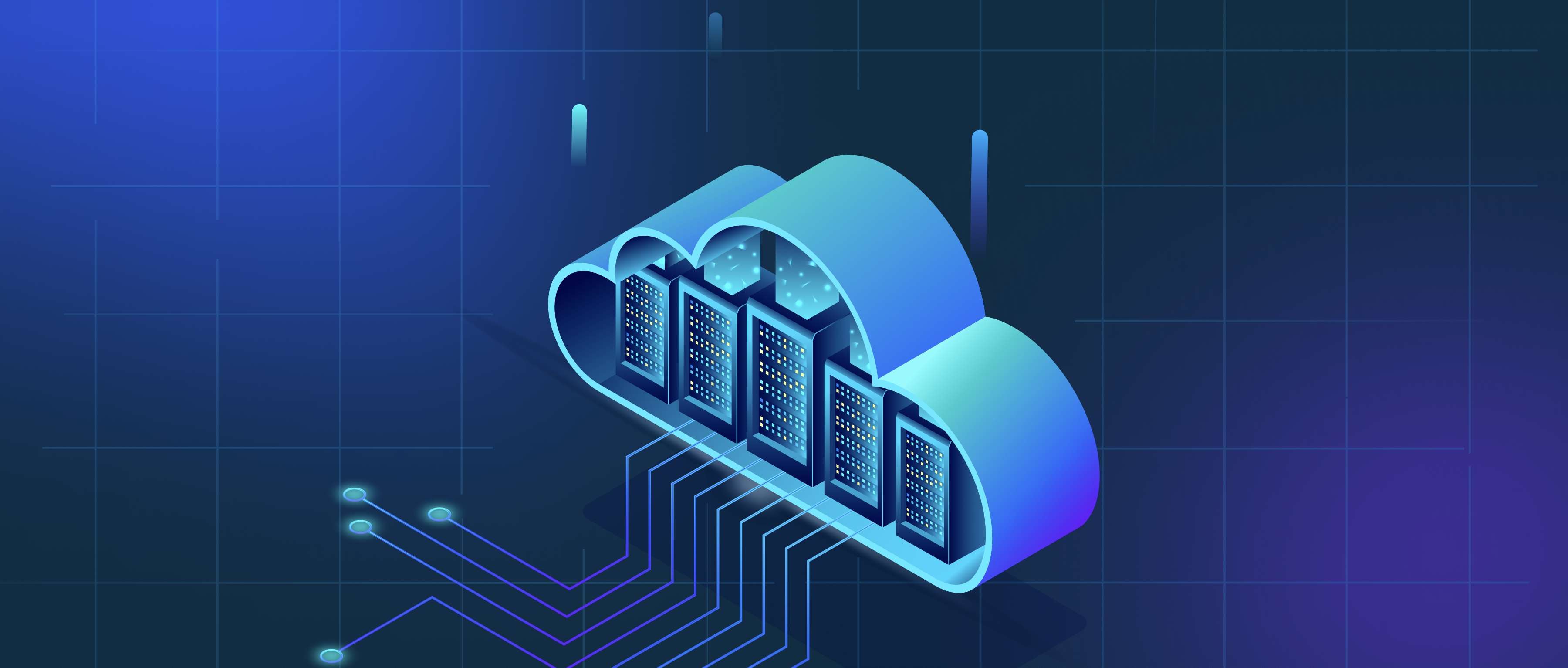As mobile devices become more powerful, computer vision is set to enhance mobile applications in several areas. One promising application is augmented reality (AR) integration, where users can interact with the physical world through their phone’s camera in real-time. Apps like AR navigation, virtual interior design, and gaming already use AR, but expect further refinement, allowing for better object recognition and interaction. For instance, in retail, mobile apps could allow customers to virtually place furniture or products in their homes using AR. Another growing application is healthcare. Mobile apps could use computer vision for diagnosing medical conditions by analyzing images or videos of skin lesions, eye scans, or even motion disorders. Apps that scan and analyze these visuals for signs of conditions like melanoma, diabetic retinopathy, or early-stage Parkinson’s disease could empower users to monitor their health regularly. Personalized fitness applications are another area of growth. Mobile apps could use computer vision to analyze posture and movement during exercise, offering real-time feedback and correcting form to avoid injuries. Additionally, mobile security can benefit from computer vision, where facial recognition or gesture-based controls replace traditional passwords and PINs. Mobile devices could also automatically adjust privacy settings based on facial recognition, for example, locking certain apps or hiding notifications when someone else is looking at the screen.
What are the next mobile applications of computer vision?

- Getting Started with Milvus
- Embedding 101
- Exploring Vector Database Use Cases
- The Definitive Guide to Building RAG Apps with LlamaIndex
- Mastering Audio AI
- All learn series →
Recommended AI Learn Series
VectorDB for GenAI Apps
Zilliz Cloud is a managed vector database perfect for building GenAI applications.
Try Zilliz Cloud for FreeKeep Reading
What are the benefits and challenges of using cloud services for recommender systems?
Using cloud services for recommender systems offers several benefits, primarily related to scalability, cost-effectivene
What is time series regularization, and when is it needed?
Time series regularization refers to techniques used to prevent overfitting in models that forecast or analyze time-depe
How does benchmarking evaluate database reliability?
Benchmarking evaluates database reliability by systematically measuring how well a database performs under various condi